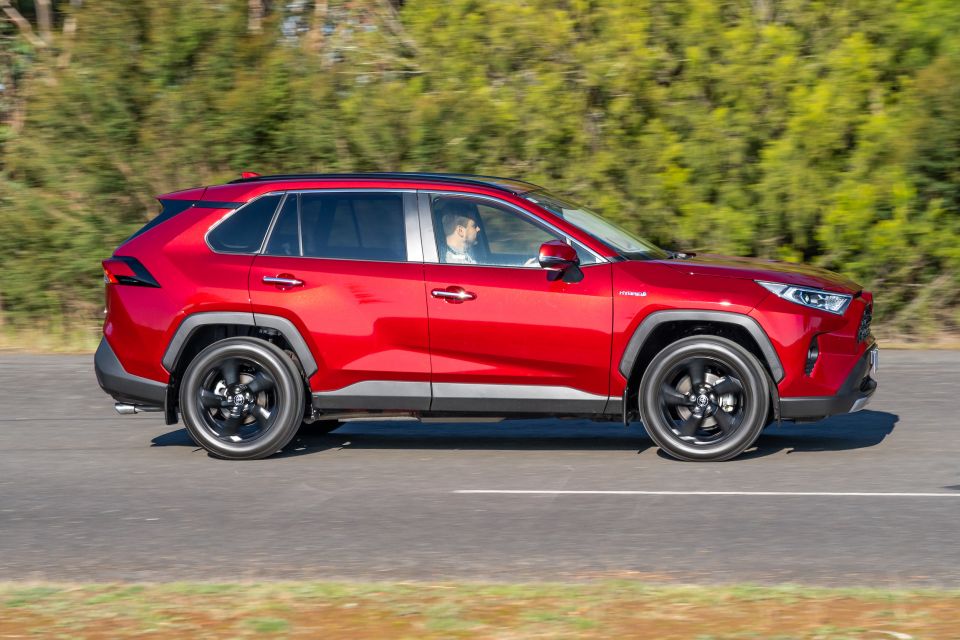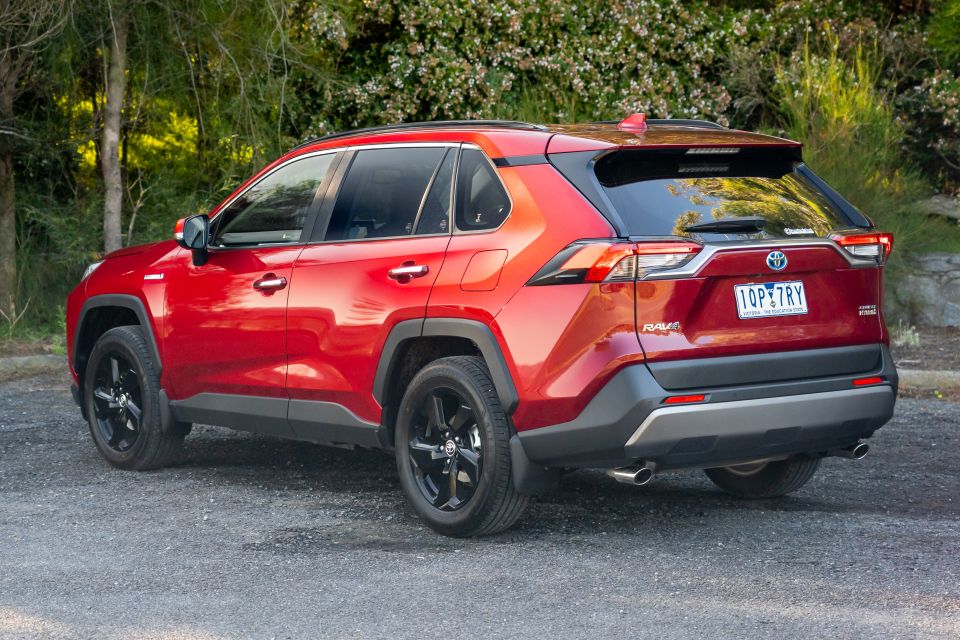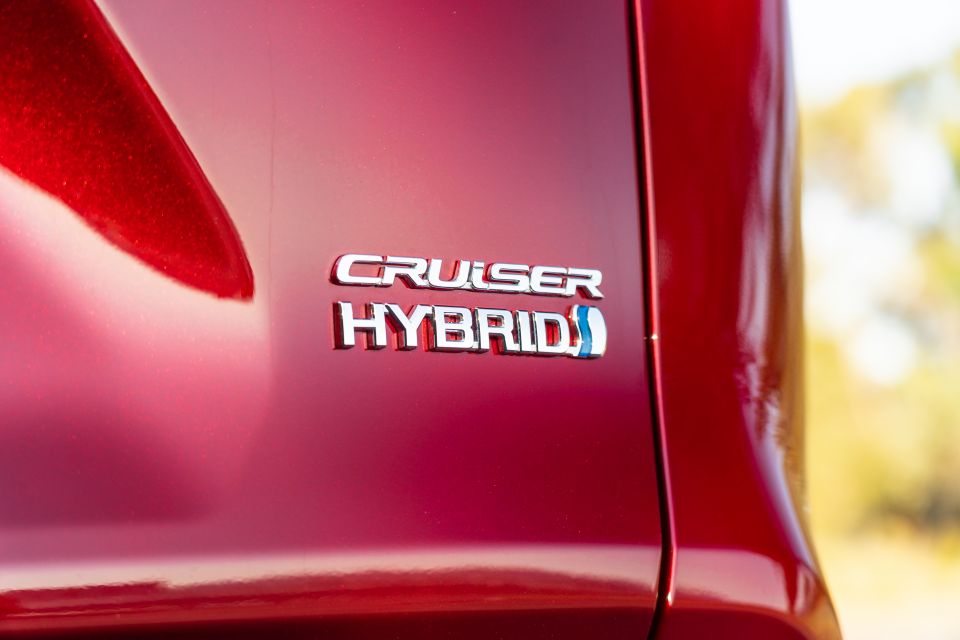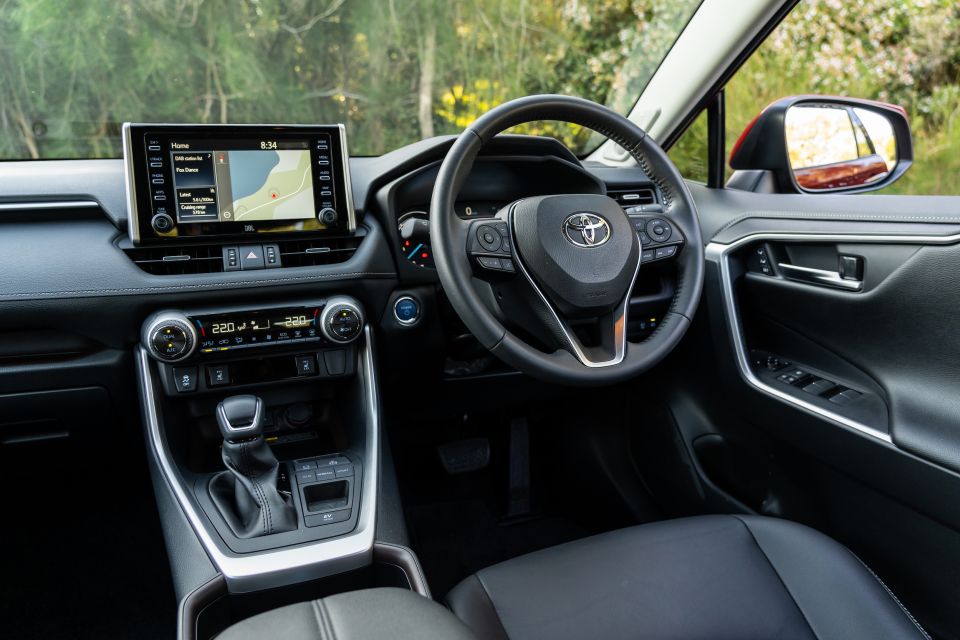

Andrew Maclean
Honda CR-V RS e:HEV vs Toyota RAV4 Edge Hybrid: Spec battle
13 Days Ago

Senior Contributor
Toyota Australia has secured an additional 8000RAV4hybridSUVs from Japan on top of existing planned deliveries, to help it slash wait times that have stretched out beyond six months in some cases.
The reinforcements will arrive during the second half of 2020 “with specific volumes being confirmed monthly”, says Toyota.
Since its launch last year, the new RAV4 has raced to the top of the sales charts, overtaking the Mazda CX-5 to become Australia’s favourite SUV. Demand for the hybrid versions was unexpectedly high – above 60 per cent of the total volumes at times – and stock levels have not been adequate.
“Demand for hybrids, particularly RAV4, has skyrocketed over the past year… but that has unfortunately meant some customers have faced extended delays in receiving their vehicles,” said Toyota Australia vice president sales and marketing, Sean Hanley.
“We appreciate the support of our parent company in helping us to address this issue by agreeing to provide us with more hybrids to help us better serve our customers – and we thank affected customers for their patience and loyalty,” he added.




The Camry Hybrid has also benefited, with Australia set to receive a substantial number of extra vehicles over the same period. Like the RAV4, hybrid sales have accounted for about 60 per cent of all Camry orders, dwarfing uptake of the four- and six-cylinder petrol offerings.
Hybrids represent almost a quarter of Toyota’s sales so far this year, led by RAV4. Local hybrid sales have tripled over the past two calendar years from fewer than 8500 cars in 2017 to more than 27,800 last year. This year that total will likely be north of 40,000.
The company’s hybrid range now comprises Corolla, Camry, Prius, Prius V, C-HR and RAV4.
That’ll be augmented by the Yaris micro car and Yaris Cross SUV this year. By 2025, Toyota pledges to have hybrid options in every segment, meaning the likes of HiLux and LandCruiser are expected to partially electrify.
After 25 years of development, Toyota’s hybrid cars are now only $1500 to $2500 more expensive than petrol-only derivatives, but slash fuel economy in half (broadly speaking).
Where expert car reviews meet expert car buying – CarExpert gives you trusted advice, personalised service and real savings on your next new car.


Andrew Maclean
13 Days Ago


James Wong
9 Days Ago


Max Davies
8 Days Ago


Paul Maric
5 Days Ago


Max Davies
3 Days Ago


James Wong
2 Days Ago